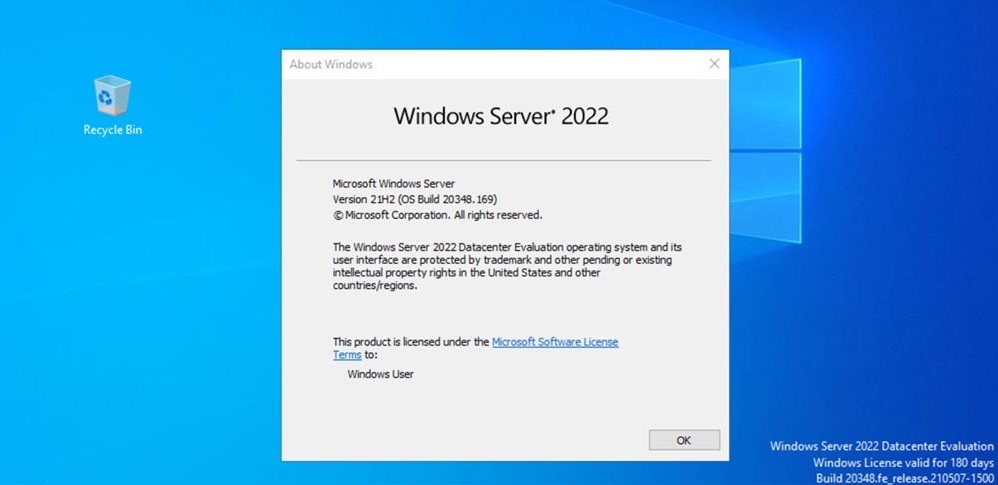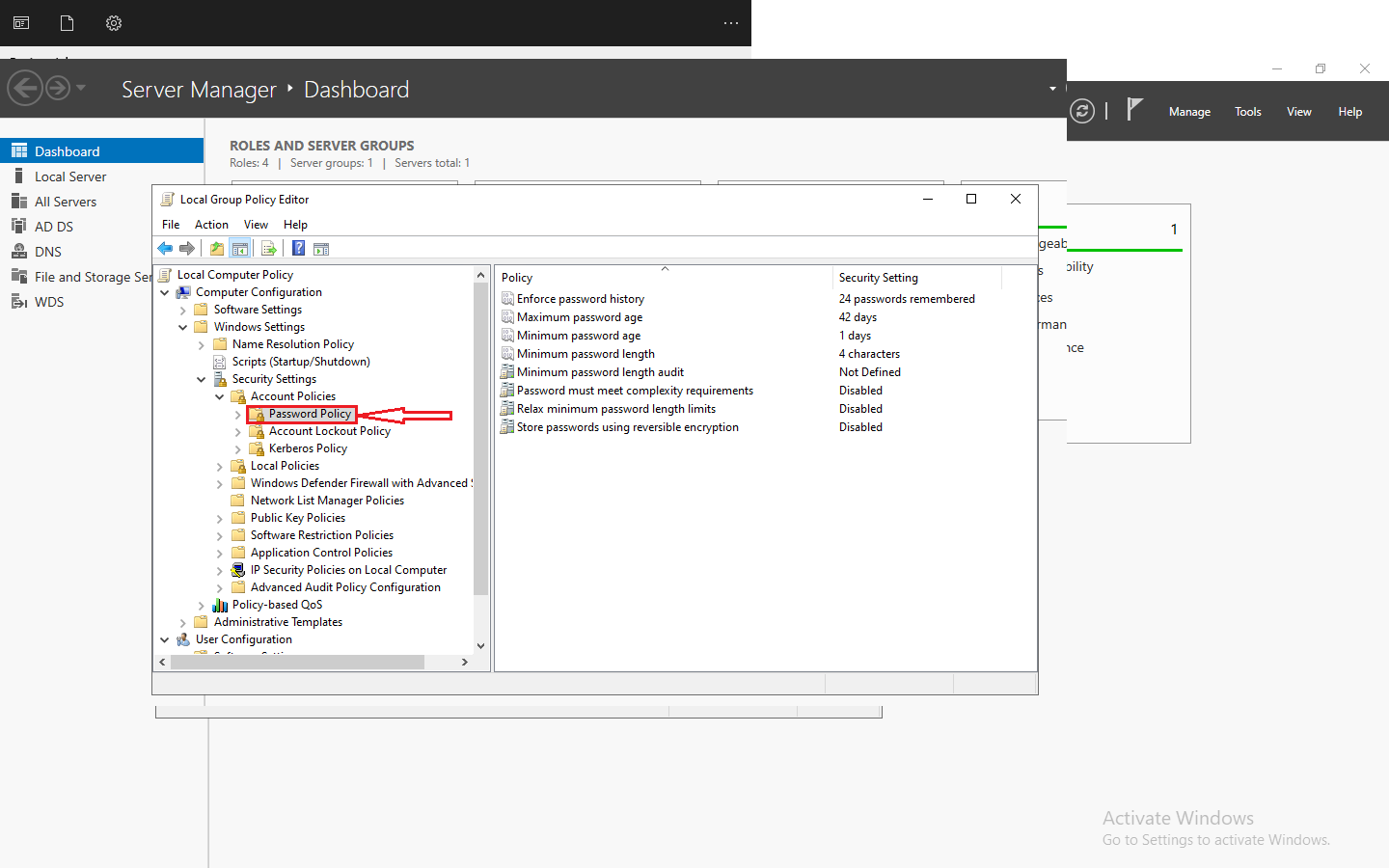Description
Windows Server 2022 builds upon the software core of Windows Server 2019, acknowledged as one of Microsoft’s highly successful projects in recent years.
The Windows version was first introduced in March 2021, and according to the developer team, the final version will be released in late 2021. Windows Server 2022 is based on the Windows Server 2019 software core. Windows Server 2019 is one of Microsoft’s most successful projects in the last few years, with faster and more performance than previous versions. Among the most important features of the new version are multi-layer security system, full compatibility with Azure cloud computing system and flexible platform.
Multi-Layer Security System
In today’s world, cyber and security gifts are expanding day by day, and high security is a very important priority for companies. Windows Server 2022 addresses these concerns by incorporating cutting-edge security technologies, notably the secured-core server and secure connectivity, to effectively tackle security issues and cyber threats.
The secured-core server comprises a comprehensive suite of security capabilities spanning across various elements of a server, including hardware, firmware, and the operating system. Leveraging TPM 2 (Trusted Platform Module 2.0) and System Guard chips, this system ensures a secure boot process, minimizing vulnerabilities introduced by firmware weaknesses. Virtualization-based security (VBS) features, such as Credential Guard and HVCI, further fortify the secured-core server. Credential Guard implements precautionary measures to safeguard sensitive data like credentials, while HVCI, a hardware-based security feature, provides protection against sophisticated and specific malware.
Enhancing the security paradigm, secured connectivity emerges as an advanced layer of protection during the transfer and exchange of information. Windows Server 2022 adopts faster and more advanced iterations of the HTTPS protocol to establish secure connections. Additionally, the default activation of the Transport Layer Security Protocol (TLS) further reinforces the security posture of Windows Server 2022.
Features and features of Windows Server 2022:
- Multi-Layer Security System
- Supports secured-core server
- Use TPM 2.0 and System Guard to boot Windows securely
- Maximizing Firmware Security Risks
- Virtualization-based security (VBS)
- Use the latest data encryption protocols
- Azure Arc
- Supports Storage Migration Service
Installable edits in this version:
Windows Server 2022 Standard (Server Core Installation)
Windows Server 2022 Standard (Server with a GUI)
Windows Server 2022 Datacenter (Server Core Installation)
Windows Server 2022 Datacenter (Server with a GUI)
Azure Stack HCI (Server Core Installation)
System Requirements
Windows Server 2022 Hardware Requirement
Processor
1.4 GHz 64-bit processor
Compatible with x64 instruction set
Supports NX and DEP
Supports CMPXCHG16b, LAHF/SAHF, and PrefetchW
Supports Second Level Address Translation (EPT or NPT)
Memory/RAM
512 MB (2 GB for Server with Desktop Experience installation option)
ECC (Error Correcting Code) type or similar technology, for physical host deployments
Disk Space
Minimum 32 GB (Windows Server 2022 using the Server Core installation option)
Network Requirements
An ethernet adapter capable of at least 1 gigabit per second throughput
Compliant with the PCI Express architecture specification
Additional
UEFI 2.3.1c-based system and firmware that supports secure boot
Trusted Platform Module
Graphics device and monitor capable of Super VGA (1024 x 768) or higher-resolution














